PPT-California Least Tern
Author : natalia-silvester | Published Date : 2016-07-27
Sterna antillarum browni By Robin Heiartz Martin Adult Long narrow wings and a broad forked tail identify the California least tern They also have a blackcapped
Presentation Embed Code
Download Presentation
Download Presentation The PPT/PDF document "California Least Tern" is the property of its rightful owner. Permission is granted to download and print the materials on this website for personal, non-commercial use only, and to display it on your personal computer provided you do not modify the materials and that you retain all copyright notices contained in the materials. By downloading content from our website, you accept the terms of this agreement.
California Least Tern: Transcript
Download Rules Of Document
"California Least Tern"The content belongs to its owner. You may download and print it for personal use, without modification, and keep all copyright notices. By downloading, you agree to these terms.
Related Documents

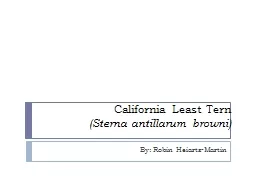


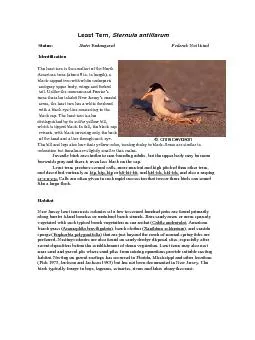

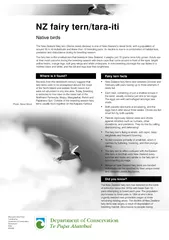



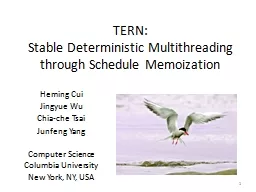


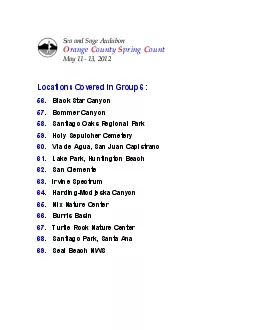
![[PDF READ ONLINE] PELLETB Test Prep California: California POST Exam Study Guide and Practice](https://thumbs.docslides.com/1017695/pdf-read-online-pelletb-test-prep-california-california-post-exam-study-guide-and-practice.jpg)